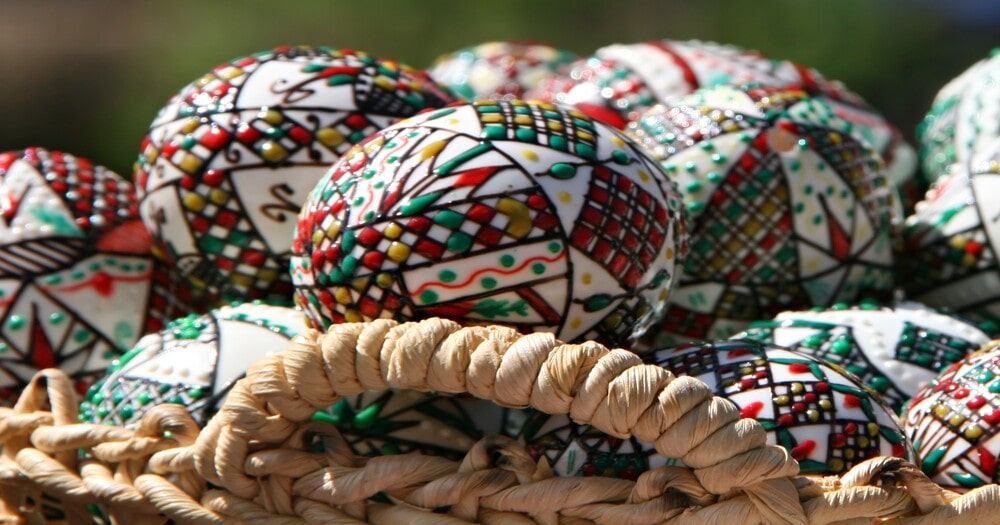Have you tried this?
Exploring the countryside is a great way to see wonderful landscapes, experience local traditions and cuisine, and make new friends. Visitors who want to try the traditional way of working the land will find many opportunities with hosts in the villages of Romania.
Traditional crafts are a significant part of Romania’s cultural heritage, and travelers can enjoy these arts at their very source with the artisans. Romania is part of the Living Human Treasures UNESCO Program and has been awarded with 89 honorary titles since 2010. Horezu enameled pottery, listed as UNESCO Intangible Cultural Heritage, is unique in its chromatics and ornamental motifs. Traditional tools such as the pottery and decorating elements such as stylized flowers, trees, spirals, garlands, and dots – or the most important ornamental figure, Cocoşul de Hurez (the Hurez rooster) give Horezu pottery its unique character. The artisans are always glad to share their passion with tourists.

In Maramureș, one of Romania’s most beautiful regions, you can see pottery inspired by tradition made by the famous potter Daniel Leș as well as by other artisans. For something different, visit an unexpectedly creative place, the Merry Cemetery from Săpânța with its surprising headstones.

Next to Maramureș is Bucovina, the land of painted eggs and a region rich in traditions. The art of painted eggs is a symbol of the area. The Painted Eggs Road invites visitors to learn about the art of transforming simple eggs into masterpieces of art.
Travelers will find that looms are still in use in some areas; women are taught to weave and embroider from childhood, producing small pieces of art for the family and household such as rugs, wall hangings, tablecloths, towels, drapes, bedspreads, and even clothing.

Trying Romanian dances will surely immerse you further in the spirit of the place. From slow to fast steps, in pairs or groups, Romanian dances are one of the country’s many cultural treasures. The Căluș dance and the Lad’s Dance are recognized as UNESCO Intangible Cultural Heritage.
In our big cities, there are many workshops and courses to attend, often organized by museums. In Bucharest, there are the Dimitrie Gusti National Village Museum, the National Museum of Art of Romania, and the Bucharest Museum. In Sibiu, check out the Astra Museum of Traditional Folk Civilization, and in Suceava, you’ll find the National Museum of Bukovina.

Historic crafts also come back to life at the reenactment festivals, which have become very popular in recent years. The most famous ones are those with ancient themes, such as the Apulum Festival in Alba Iulia, DacFest in Hunedoara County, the Dacian Fortresses Festival in Alba County, and the medieval-themed Ștefan cel Mare Medieval Art Festival in Suceava, Sighișoara Medieval Festival and Neamț Fortress Days in Târgu Neamț, and the Transylvanian Citadels Medieval Festival in Sibiu.